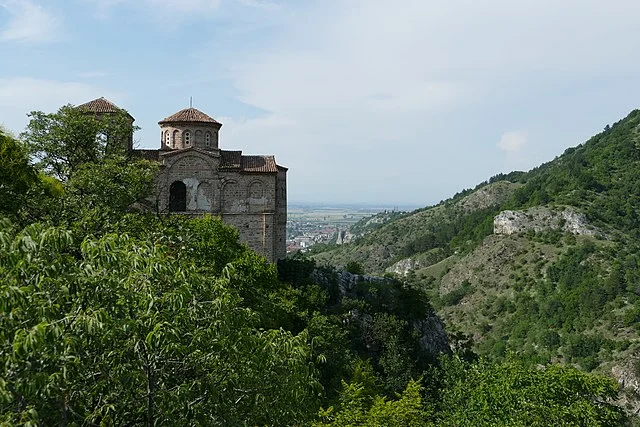Asen’s Fortress, located in the Rhodope Mountains of Bulgaria, is a significant medieval site. It served as a key fortification during the Second Bulgarian Empire (1185–1396 AD). The fortress lies near the town of Asenovgrad, about 18 kilometers south of Plovdiv.
Get your dose of History via Email
Historical Background
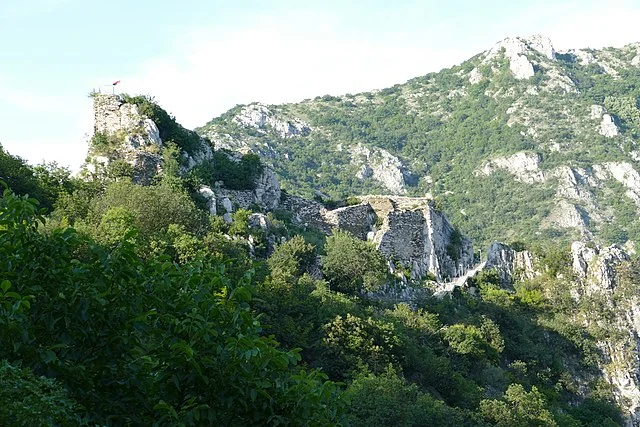
The fortress dates back to the 5th century AD. Initially, it functioned as a Roman fort. However, its importance grew during the medieval period. The Asen dynasty, which established the Second Bulgarian Empire, chose the site for its strategic advantages. The fortress became a center of resistance against Byzantine control.
In 1185 AD, brothers Peter and Asen led a successful rebellion against the Byzantines. They used the fortress as a stronghold. Under their rule, it flourished as a political and military center. It also became a symbol of Bulgarian statehood.
Architecture and Layout
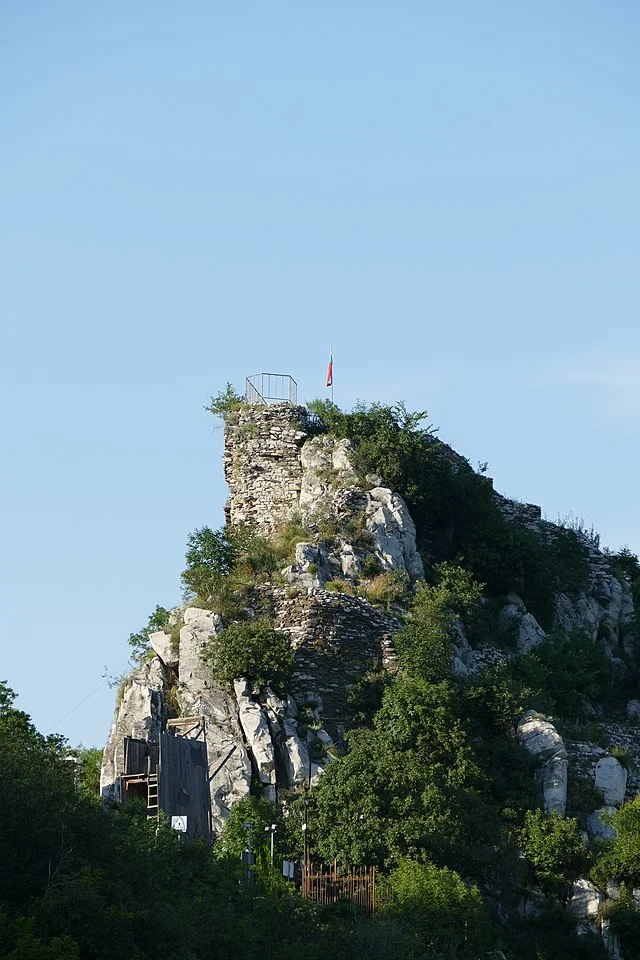
Asen’s Fortress features impressive defensive structures. The walls are built from local stone and date back to various periods. The fortress is situated on a rocky outcrop, providing natural protection. The steep cliffs on three sides made it difficult to access.
The main entrance features a narrow passageway. This design forced attackers to approach cautiously. Inside, you can find remnants of various structures, including churches and residential buildings. The Church of St. Mary is particularly notable. It contains well-preserved frescoes that date back to the 14th century AD.
Archaeological Discoveries
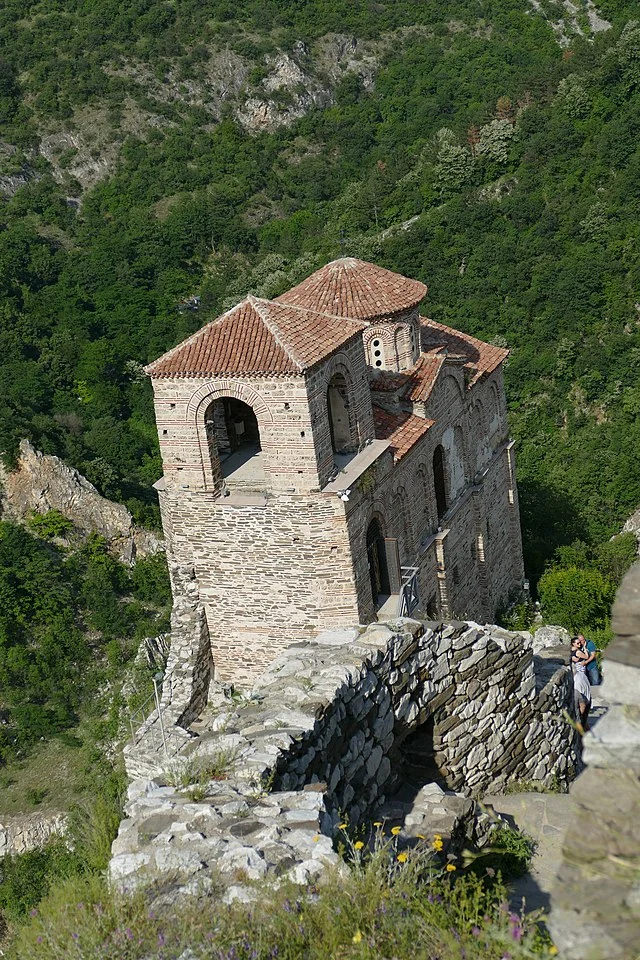
Archaeological excavations began in the 20th century. They revealed numerous artifacts, including pottery, weapons, and coins. These finds indicate the fortress’s long-term occupation and its role in regional trade. Scholars continue to study these artifacts to understand better the site’s history and daily life.
Cultural Significance
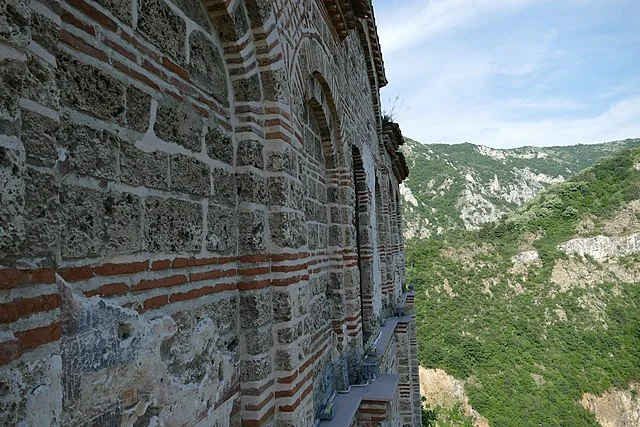
Asen’s Fortress has great cultural importance. It represents the struggle for independence from foreign rule. The site symbolizes national identity for Bulgarians. Today, it serves as a popular tourist destination. Visitors can explore the ruins and enjoy panoramic views of the surrounding landscape.
Conclusion
Asen’s Fortress stands as a testament to Bulgaria’s medieval history. Its strategic location and architectural features illustrate the ingenuity of its builders. The site continues to attract researchers and tourists alike. Understanding its history provides valuable insights into Bulgaria’s past and its enduring legacy.
Source:

